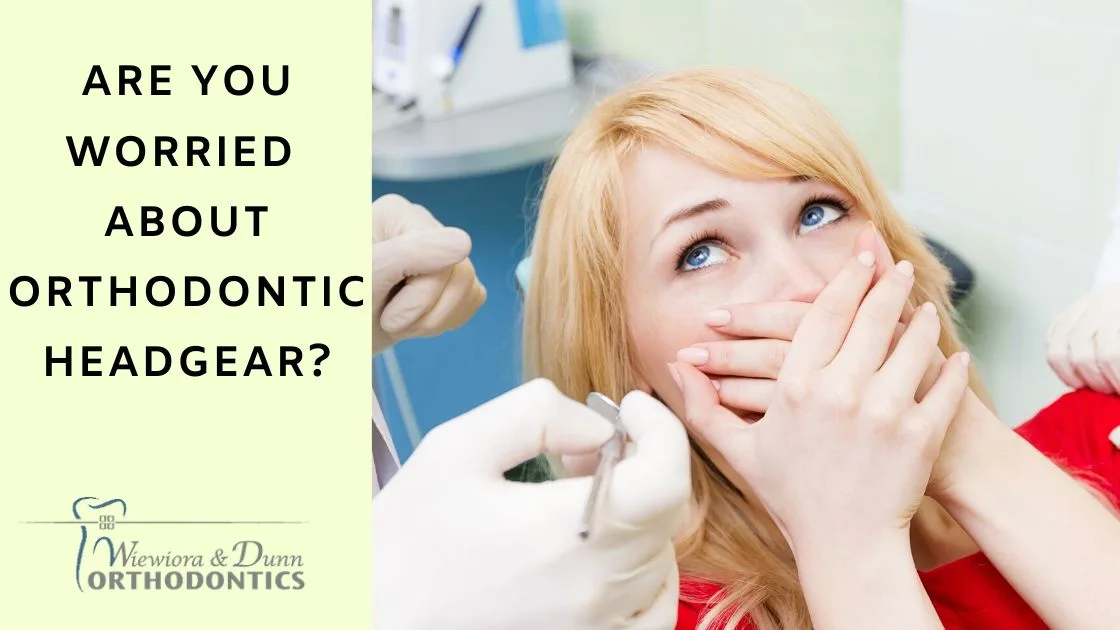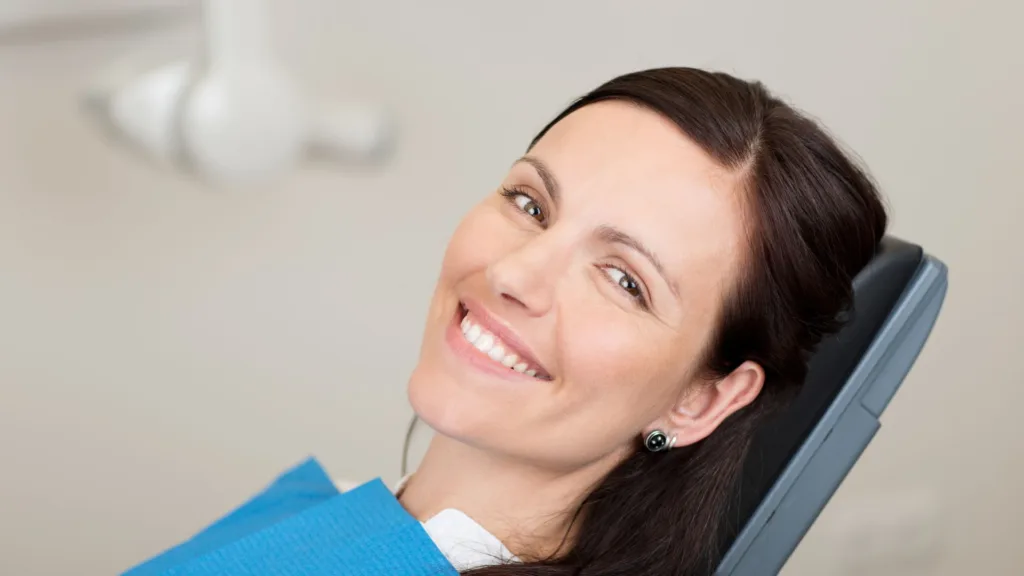The idea of braces alone may be enough to make your child or teen nervous about the temporary change in his or her appearance, and the initial idea of needing orthodontic headgear can seem even more anxiety-increasing. However, the good news is that developments in orthodontics over the years have led to the creation of more discreet, comfortable and effective orthodontic headgear appliances. To ease your worries, let’s gain a deeper understanding of the purpose of orthodontic headgear, how it works and what options are available.
Why Is It Needed?
Not everyone who needs braces will also need a headgear appliance. The purpose of orthodontic headgear is to help correct severe bite problems by adjusting jaw alignment, whereas braces focus solely on correcting the alignment of teeth. Generally, severe cases of malocclusions — the proper term for jaw misalignments — are caused by or are directly related to the position of the jaw.
Common severe malocclusions that may require orthodontic headgear include:
- Retrognathism, also known as an overbite — This occurs when the upper jaw and upper front teeth overlap the lower jaw and lower front teeth.
- Prognathism, also known as an underbite — This occurs when the lower jaw and front teeth overlap the upper jaw and front teeth.
- Crossbite — This occurs when both upper and lower teeth overlap at the same time, usually causing difficulty biting down.
- Overjet — Similar to an overbite, overjet occurs when the upper front teeth extend outwards at a more horizontal angle, which can cause difficulty eating and speaking.
- Open bite — This occurs when the front teeth do not overlap or touch the lower teeth when biting down, thus leaving an open space.
Every case for orthodontic treatment is unique, however, and all complications are treated differently in order to provide the most effective and comfortable results. Some patients may require headgear appliances, while others may not.
How Does It Work?
Orthodontic headgear refers to appliances and attachments worn on the head to help correct the jaw’s alignment and aid in the braces’ function of aligning the teeth. The two primary categories of orthodontic headgear are cervical, high-pull headgear and reverse-pull face masks. Additional attachments to the primary headgear device can include elastic bands, coil springs, J-hooks, lip bumpers, retainers, power chains and facebows. While all of these headgear pieces may sound overwhelming, orthodontic patients will not need all of them, and they are very easy to adjust in order to wear comfortably.
Some relieving news is that some orthodontic headgear appliances are removable for eating and cleaning, but it should be worn the full recommended number of hours per day, depending on the appliance and your orthodontic needs. Slacking in consistency of wearing orthodontic headgear can greatly prolong treatment and the time required to wear both headgear and braces. While children may initially feel self-conscious about needing orthodontic headgear in addition to braces, younger patients often experience a much shorter requirement time period.
The Future Is Now
Thanks to advancements in the field of orthodontics, headgear is required much less often for patients than in the past, and new headgear appliances have been developed to be much more comfortable and effective than ever before. There are now many orthodontic headgear appliances that can be used for a variety of alignment needs. Two examples of newer headgear appliances revolutionizing orthodontic treatment include the functional appliance, also known as a Frankel appliance, and the Carriere® Motion 3D™ Class III Appliance.

The Carriere Motion 3D Class III Appliance is a minimally invasive orthodontic headgear appliance designed to treat underbites, which are categorized as a Class III malocclusion and are caused by either a large lower jaw (mandible) or a small upper jaw (maxilla). This appliance falls under the headgear category of reverse-pull face masks, and it can be easily placed as a bracket or buccal tube and connected to the patient’s braces with intra-oral elastics to help with realignment of the jaw. Compared to the functional appliance, the face mask only needs to be worn approximately eight to 10 hours a day for about 10 to 12 months. However, this device is offered only to young patients due to the ability to adjust the jaw in the reverse-pull method while bones are still growing.
Longwood and Lake Mary Orthodontic Solutions
Wiewiora & Dunn Orthodontics offers both the Frankel appliance and the Carriere Motion 3D Class III Appliance, along with a variety of other advanced orthodontic treatment options. Our ultimate goal is to achieve the best results for our patients in the most efficient and comfortable ways possible. The Carriere Motion 3D Class III Appliance, for example, can help treat Class III malocclusions and jaw complications without orthognathic surgery or tooth extractions in eligible patients. See our patient gallery for examples of successful results from non-extraction headgear patients. Then, contact Wiewiora & Dunn Orthodontics to schedule a consultation with either Dr. Cara Wiewiora or Dr. Rick Dunn at either our Longwood or Lake Mary office locations.





